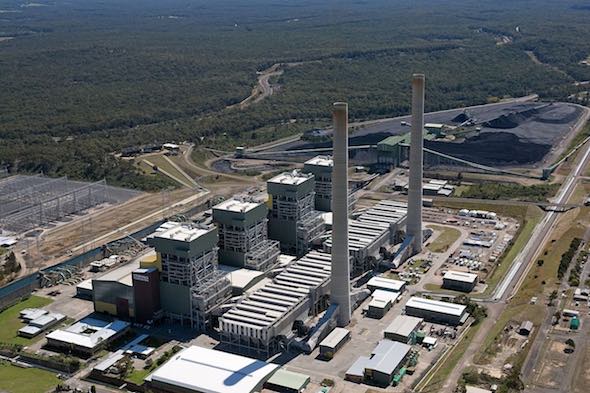The Australian Energy Regulator has underscored the significant costs – both economic and environmental – of delaying the exit of coal from Australia’s energy mix, with consumers likely to foot the increasingly steep bill for keeping ageing and unreliable plants online.
In its latest State of the energy market 2023 report, published on Thursday, the AER highlights the range of “vulnerabilities to the reliability of energy supply” as coal generation ages and exits the market.
“In particular, it highlighted the sensitivity of the market to outages among those ageing plants, challenges accessing fuel, exposure to international fuel prices and interconnections between electricity and gas markets in which there are related reliability challenges,” the report says.
With four coal plant retirements planned for the National Electricty Market over the next decade, including the remaining units of Eraring in New South Wales, the AER stresses that new, firmed renewable generation will need to join the NEM “at a faster rate than is currently taking place.”
“Further,” the report says, “as coal generation approaches its anticipated exit, units are becoming less reliable without considerable maintenance expenditure.
“Aging thermal generators must have the appropriate incentives to maintain generation units until they can exit on an orderly timeline.”
It suggests that governments may have to write contracts with the owners of coal generators to keep them on line, as Victoria has done with the Yallourn and Loy Yang A generators, and NSW is considering with Eraring.
This, however, is controversial. Nexa Advisory analysis found that government funding to prop up aging coal power stations would cost the taxpayer $400 million per year.
In NSW, the cost of keeping Eraring – alone – generating two years past its current closure date has been recently estimated at between $3 billion (former energy minister Matt Kean) and $3.4 billion (economist Nicki Hutley.)
Kean’s figure is believed to have been calculated at the height of the energy crisis last year. Hutley’s figure factors in cost of the emissions generated as a result of keeping Eraring open using the EU’s current carbon price.
But, as the AER notes, changes to Australia’s National Energy Objective will – as soon as next month – put a local “value” on emissions.
“An emissions objective will shortly be implemented within the national electricity, gas and retail objectives,” the report says – (see RenewEconomy’s report on this here).
“When the objective is implemented, emission reductions …will become one of the central considerations in determining if decisions are in the long-term interest of consumers.
“The Australian government will in close consultation with market bodies, states and territories lead work on developing a value for emissions, or method for determining one. …[This] is expected to be available by November 2023.
“Such a value will inform system planning, expenditure assessments for network investment, cost-benefit analyses and how consumer energy resources should be factored into investment business cases.”
As the AER itself notes, this puts coal under further pressure “to exit the NEM in a timely way,” considering it is “the most impactful driver of the emissions from the NEM,” and considering that “from 2020 to 2030 most of the decline in emissions in the baseline scenario is projected to come from the electricity sector.”










